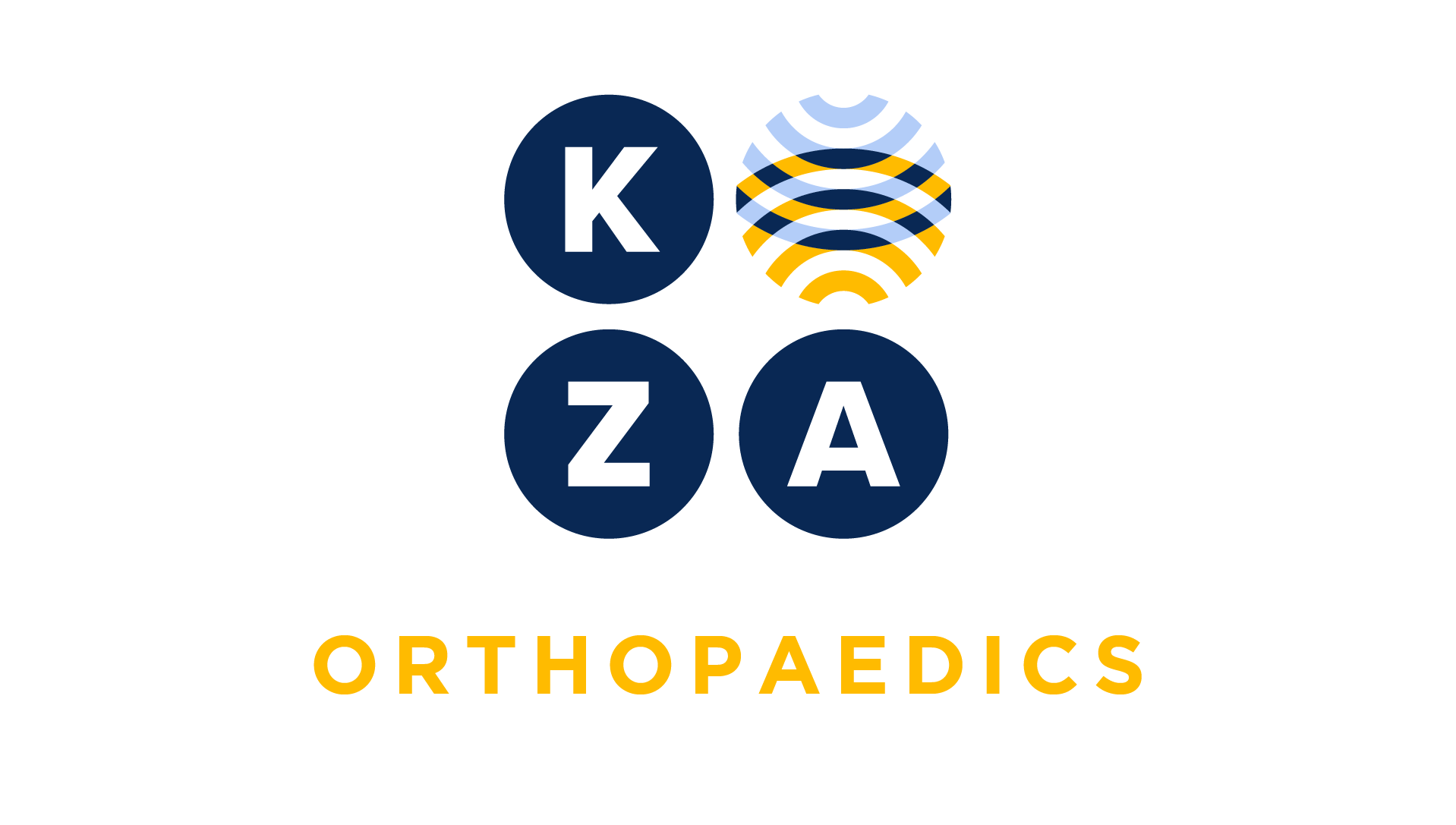
Choose your specialty from the list below to see how our experts have tackled a wide range of client questions.
Looking for something specific? Utilize our search feature by typing in a key word!
Splint Application and L-codes
We are having a discussion in our office about how to report the application of off-the-shelf braces that are dispensed in our office. The nurses are adding splint application codes
Question:
We are having a discussion in our office about how to report the application of off-the-shelf braces that are dispensed in our office. The nurses are adding splint application codes to the encounter forms, such as 29125 and 29515, but the coder only wants to report the HCPCS supply code. Which method is correct?
Answer:
The coder is correct in this case. The splint application CPT codes are used when a physician or provider such as a PT or OT creates a splint from “raw materials”, such as plaster, fiberglass, padding, and ace bandages. Examples include sugar tong splints and thumb spica splints, among others. The HCPCS codes used for reporting off-the-shelf braces, also called prefabricated orthotics, include the fitting of the item, so a splint application code would not be separately reportable. Even orthotics that do require custom fitting would not support separate reporting of a splint application, as the HCPCS definitions for those codes include the language “includes fitting and adjustment.”
*This response is based on the best information available as of 01/18/18.
Bone Marrow Aspirate Harvesting for Platelet Rich Plasma
Our physicians are asking us to report 38220 and 0232T when they harvest bone marrow aspirate from the iliac crest for platelet rich plasma and inject it during another procedure. Is…
Question:
Our physicians are asking us to report 38220 and 0232T when they harvest bone marrow aspirate from the iliac crest for platelet rich plasma and inject it during another procedure. Is this correct? If not, can we report 0232T? What if the only service performed is a PRP injection using bone marrow aspirate?
Answer:
You’ve asked two Question:s, so we’ve provided two parts to our answer:
CPT Category III code 0232T was introduced in 2010 for reporting injection of platelet rich plasma to a targeted site; the code definition includes all harvesting, preparation, and image guidance for the service. In August 2010 the AAOS published guidance inAAOSNowwhich explained “The new code is to be used only when PRP is performed in a complete separate patient encounter from a surgical procedure.”
Based on this direction, when PRP is injected during another procedure, whether using drawn blood or bone marrow aspirate, it is not separately reportable with the primary surgical service.
If PRP injection is the only service performed, then 0232T is the correct code. In recent years some physicians have begun using bone marrow aspirate harvested from the iliac crest instead of drawn blood for PRP preparation, and reporting the harvesting using CPT code 38220. The May 2012 edition ofCPTAssistantclarified that 0232T is the only code reportable for PRP injection, whether performed using drawn blood or harvested bone marrow aspirate. In 2018 the definition of 38220 was changed to reflect that it should be used only for diagnostic bone marrow aspiration. New code 20939 should be used when bone marrow aspiration is performed for bone grafting, for spine surgery only, via a separate incision.
*This response is based on the best information available as of 01/04/18.
Why am I Receiving a Denial When I Report a Joint Injection and a Trigger Point Injection on the Same Date of Service?
Our orthopaedic surgeon performed and clearly documented a joint injection to the right shoulder and a trigger point injection bilaterally to the trapezius muscle. We are receiving denials…
Question:
Our orthopaedic surgeon performed and clearly documented a joint injection to the right shoulder and a trigger point injection bilaterally to the trapezius muscle. We are receiving denials when we report CPT code 20610 and 20552 on the same claim form? Are you able to assist us in understanding if we have coded correctly or how to appeal?
Answer:
You are correct to question this denial! There is no clinical reason for this denial assuming your documentation and medical necessity supports reporting CPT 20610 and 20552 as defined in your scenario. If the payor is Medicare, or a payor who follows NCCI rules, the answer has to do with NCCI edits between the code combinations. Several years ago, Medicare identified coding patterns where the 2055x series of codes were reported during the same session as joint or other musculoskeletal surgical injections. In doing their due diligence, Medicare found in record review that the 2055x series was being incorrectly reported for the administration of a local anesthetic prior to the definitive injection. In the KZA orthopaedic coding workshops the surgical package and administration of local anesthesia is discussed as the rationale for the creation of this edit.
This is an example where the use of modifier 59 (distinct procedure modifier) has a role in claims reporting!
Report:
20610 linked to the shoulder diagnosis
20552-59linked to the appropriate diagnosis to support the trigger point injection
We are confident the denial, while not identified in your Question:, was for a bundled or service integral to another procedure on the same day. It is not uncommon for the Center for Medicare and Medicaid Services (CMS) to implement edits when a pattern of incorrect code combinations are identified.
The following statement is found in the January 2017 NCCI Guidelines (CHAPTER IV SURGERY MUSCULOSKELETAL SYSTEM):
Injections of local anesthesia for musculoskeletal procedures (surgical or manipulative) are not separately reportable. For example, CPT codes 20526-20553 (therapeutic injection of carpal tunnel, tendon sheath, ligament, muscle trigger points) should not be reported for the administration of local anesthesia to perform another procedure. The NCCI contains many edits based on this principle. If a procedure and a separate and distinct injection service unrelated to anesthesia for the former procedure are reported, the injection service may be reported with an NCCI-associated modifier if appropriate.
*This response is based on the best information available as of 11/02/17.
Multiple Fractures: One code or multiple?
Our new hand surgeon evaluated a patient with a base of the fifth metacarpal fracture and distal radius fracture. Both fractures were non displaced and the hand surgeon applied a short…
Question:
Our new hand surgeon evaluated a patient with a base of the fifth metacarpal fracture and distal radius fracture. Both fractures were non displaced and the hand surgeon applied a short arm cast. The hand surgeon submitted two CPT codes, one for the metacarpal fracture and one for the distal radius fracture. We told the surgeon that only one CPT code may be reported because a single cast was applied. The surgeon is in total disagreement and asked we reach out to KZA. Who is right?
Answer:
Thanks for your confidence in KZA to answer your coding dilemmas! The answer is “It depends” on payor rules.
The surgeon is correct according to CPT rules. Each fracture that is evaluated and treated and meets a global fracture code is reportable assuming unbundling is not occurring. In the scenario presented, there is no overlap between the two anatomic fractures and both global fractures codes, for example, 25600 and 26600 (assuming these codes define the fracture) are reportable.
But wait….
You may be correct if the payor is Medicare and hence the confusion sets in. The Center for Medicare and Medicaid Services (CMS) via the National Correct Coding Initiatives (NCCI) published Medicare payment rules forPart B Medicare. In your scenario, the NCCI edits state, “If multiple dislocations and/or fractures are treated without manipulation and stabilized with a single cast, strapping, or splint, only one CPT code for closed dislocation or fracture treatment (without manipulation) may be reported.”
Your answer is correct if the payor is Medicare; the surgeons’ answer is correct if the payor follows CPT rules. To ensure accurate reporting, report the surgical CPT codes according to the AMA CPT rules; apply payor rules appropriately based (e.g., Medicare NCCI payment rules are applied for Medicare Part B beneficiaries; private payor rules will vary based on contractual agreements).
Dr. Hand reports two CPT codes to non-Medicare patients for the non-manipulative treatment of the metacarpal and distal radius fractures.
Dr. Hand reports one CPT code if this patient was Granny, who has Medicare Part B coverage.
*This response is based on the best information available as of 06/08/17.
Using PAs and NPs as Scribes
Our group is really having a difficult time getting all of the medical record information into the computer. Is it okay to use our PAs and NPs as scribes when they have some down time?
Question:
Our group is really having a difficult time getting all of the medical record information into the computer. Is it okay to use our PAs and NPs as scribes when they have some down time?
Answer:
We certainly understand your frustration with inputting data in to the EMR. The question you ask is rather complex and will take a bit of homework for your group to determine if this is the best use of an allied health professional. A scribe in the medical office is just like a court reporter. They may only document exactly what is stated by the physician or NPP during the encounter and just like a court reporter; they don’t get to ask any Question:s. You may not combine the work of a PA/NP when they are acting as a scribe with that of a physician and bill it under the MD’s NPI. The practitioner who bills for the services is expected to be the person delivering the services and creating the record, which is simply recorded by another person/the scribe. Finally, the record should be signed by both parties (the scribe and the physicians) attesting to their role in the creation of the record. The practitioner must attest to having independently performed the service and agree with the information as documented by the scribe. A PA/NP who performs part of the encounter for a patient (e.g. history) and then “scribes” the remainder of the encounter is not functioning as a scribe.
For more clarity on the issue, CGS Medicare updated their guidance article recently. Located here:
Hip Injection with Fluoroscopy
A physician in our group is taking the patient to the surgery center for a hip injection using fluoroscopy. We know CPT code 20611 includes ultrasound guidance but is fluoroscopy also…
Question:
A physician in our group is taking the patient to the surgery center for a hip injection using fluoroscopy. We know CPT code 20611 includes ultrasound guidance but is fluoroscopy also considered inclusive? I am looking at CPT code 77002.
Answer:
Thanks for your inquiry. Your question is appreciated. In reviewing the 2017 CPT Manual, we notice a revision to this code and a guideline parenthetical was added to CPT code 77002. The code was revised from a stand-alone CPT code to an add-on code. The guideline parenthetical lists primary surgical CPT codes where CPT code 77002 may be reported in addition to the procedure. CPT code 20610 (major joint injection) is included in this list.
Assuming all documentation supports the hip injection with fluoroscopic guidance the following services are submitted:
20610
77002-26 (the physician must add the modifier 26 as the procedure is performed in a facility location)
Assign anatomic modifiers according to payor policy.
*This response is based on the best information available as of 04/27/17.

